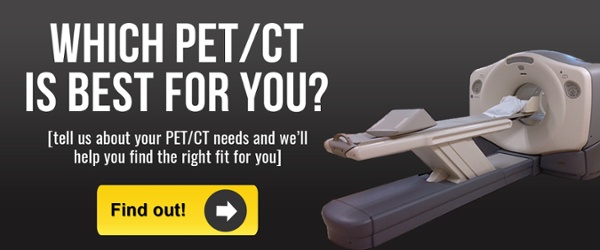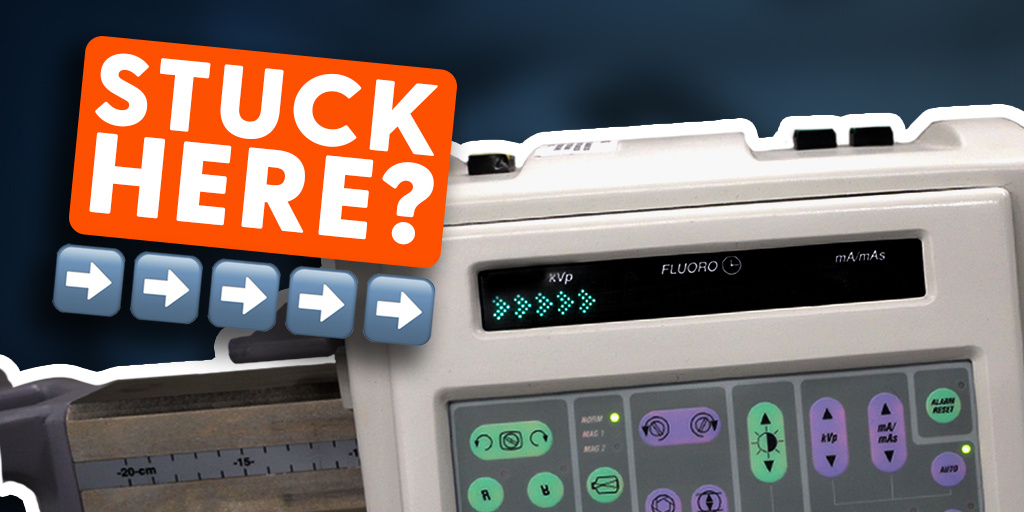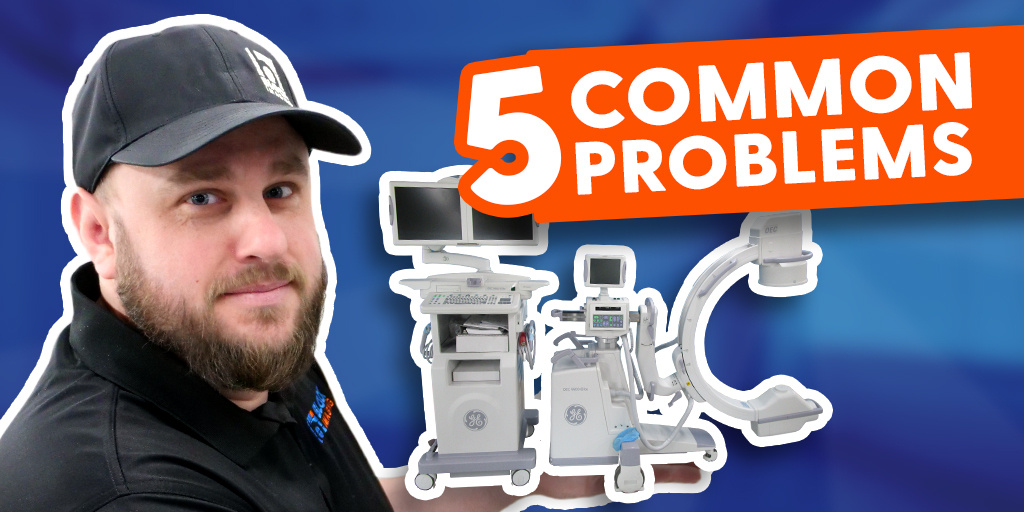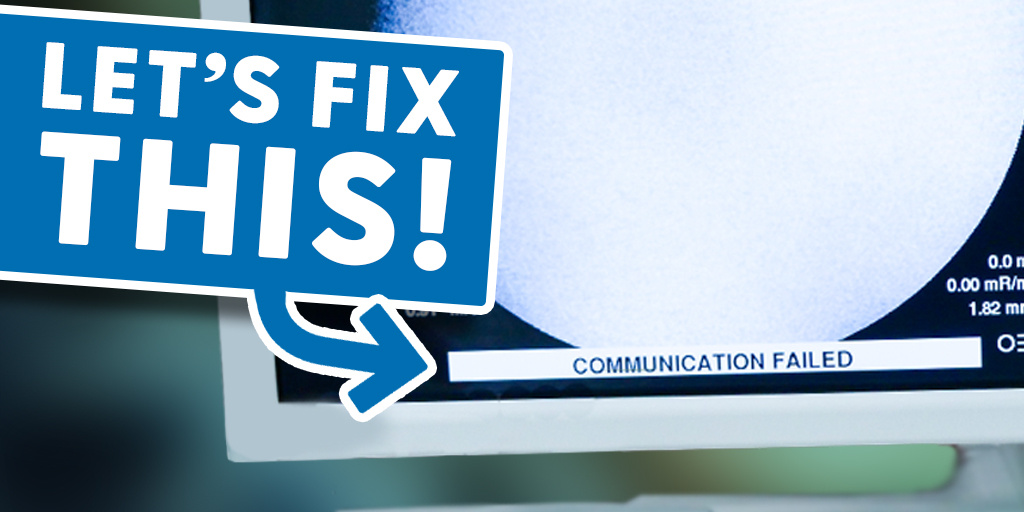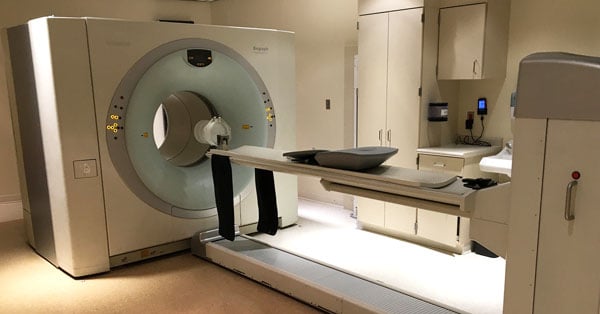
As a potential PET/CT system buyer, perhaps you’ve been here: the head of radiology insists that a new 256-slice PET/CT is the technology you need, while the CFO is leaning toward keeping the “old faithful” 2 or 4-slice from 2001. Okay, maybe this is a slight exaggeration, but it does illustrate the core dilemma: Which PET/CT offers the best value, balancing purchase price and ongoing costs with function and image quality?
Unfortunately, this is not a question with a one-size-fits-all answer. Not every facility has the same patient volume, the same specialty, or the same budgetary flexibility. Depending on your intended/predicted usage, the following are several refurbished PET/CT scanners we've found that strike the balance between cost and function well for the majority of applications and specialties in the field.
The Best Values in PET/CT Systems
GE Discovery ST16 and Ste16
These models are the top of the line when it comes to "bread and butter" scanning. Why? They're 16-slice, which means they qualify for full reimbursement on 90% of all procedures. They are, or can be made, XR-29 compliant, and they can have iterative reconstruction added. These systems are almost identical except for their detector sizes. The STe has 8x6 detectors, the ST has 6x6 detectors.
On the cost side, they do have a higher initial purchase price but service costs are lower than scanners from other manufacturers. The tubes are relatively inexpensive and there's plenty of competition among service engineers. In most cases this allows Discovery ST16 and STe16 systems to compensate for their purchase price via service savings within a year or two.
Two potential pitfalls to be on the lookout for: make sure any Discovery 16 you consider has the Dimension console. If you are operating in the US, where XR-29 compliance is a concern, the Dimension console speeds up the reconstruction process and is necessary to meet the requirements of XR-29. STe units came with Dimension consoles as a standard, but for the ST it was an upgrade.
Also, if you are looking at a system that is described as having been upgraded from ST to STe, make sure it has 8x6 detectors and not its original 6x6 ST detectors. Some sites believe their ST system was upgraded to STe through the addition of a Dimension console, but they still have their original detectors. This is only a partial upgrade and not the same as having a full-fledged Discovery STe.
See Average PET/CT Service Costs
Philips Gemini TF
If you are looking for the increased accuracy of Time of Flight (TF) imaging, then the best value is the Philips Gemini series. This is the first of the "big three" PET/CT manufacturers to offer TF commercially and the least expensive in any modern class. It comes in 16 and 64-slice versions.
If you are planning on doing PET cardiac studies including myocardial perfusion, Philips is not ideal. The computers and speed of reconstruction lend themselves to oncology and other studies much better.
Make sure you get a mid-to-low usage tube or negotiate your purchase price to compensate for a high-use tube. While the MRC tube in a Gemini will scan for many years and an enormous amount of scan seconds (it’s not unusual to find them still going strong with over 1.2 million scan seconds), they are among the more expensive tubes to replace. If you end up choosing a Gemini TF, you may want to start looking for your next tube when you cross the 1M scan second threshold.
Siemens Biograph Truepoint
Coming in 6, 16, 40 and 64-slice configurations, these systems combine top technology, versatility, and a broad range of pricing. Generally priced lower than GE systems, the Biograph Truepoint 6 and 16 are top choices for mobile use and the 40 and 64 are excellent for both general scanning and cardiac specialties.
The Biograph 6 and 16 are air-cooled, while the 40 and 64 are water-cooled. Keep this in mind as you consider service costs, as water-cooled systems require additional maintenance and periodic water quality testing. An additional service cost to consider: all Siemens tubes are proprietary. Often, the cost of replacing tubes offsets the lower purchase price and a facility will break even.
The Takeaway
Finding the PET/CT scanner that provides the best value for your practice can be a complicated process of comparing numbers, adapting to economic and regulatory trends, making fewer reimbursement dollars go farther, and all without sacrificing quality of care. The best model for you depends on the specific needs and circumstances at your facility, but a refurbished unit from any of the three series mentioned above is a good place to start in your considerations.
Whether you're looking for any of the PET/CT scanner models we mentioned or one we didn’t, we'd love to hear from you and help you find the very best fit for your facility. Use the button below to start the conversation and get a quote, or contact us directly at 517-668-8800.

Josh Nunez
Josh Nunez is the Director of Product Management at Block Imaging. Josh is energized by developing an understanding of each customer's unique imaging needs and overcoming the challenge of helping find them the perfect equipment match. When he is not providing PET/CT solutions he enjoys traveling, soccer, and spending time with his wife and five kids.


